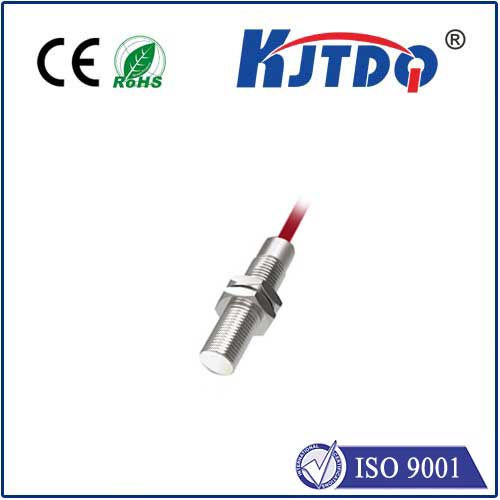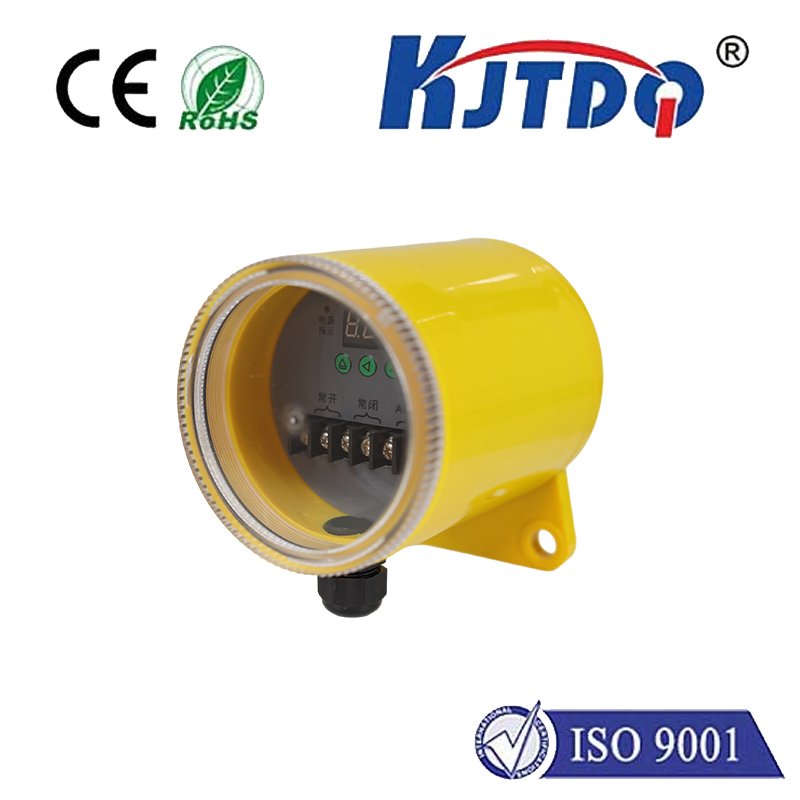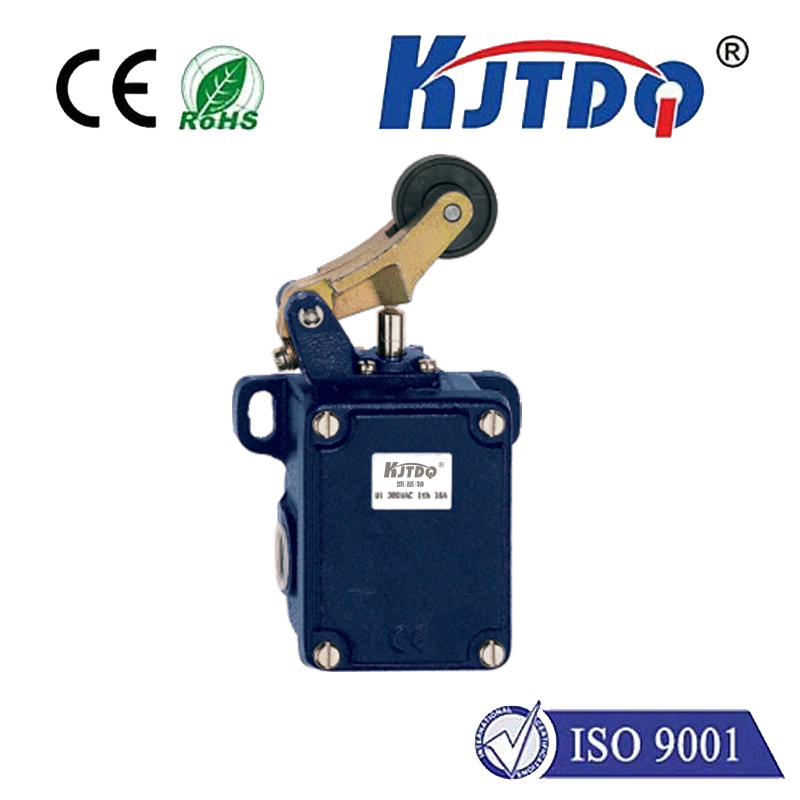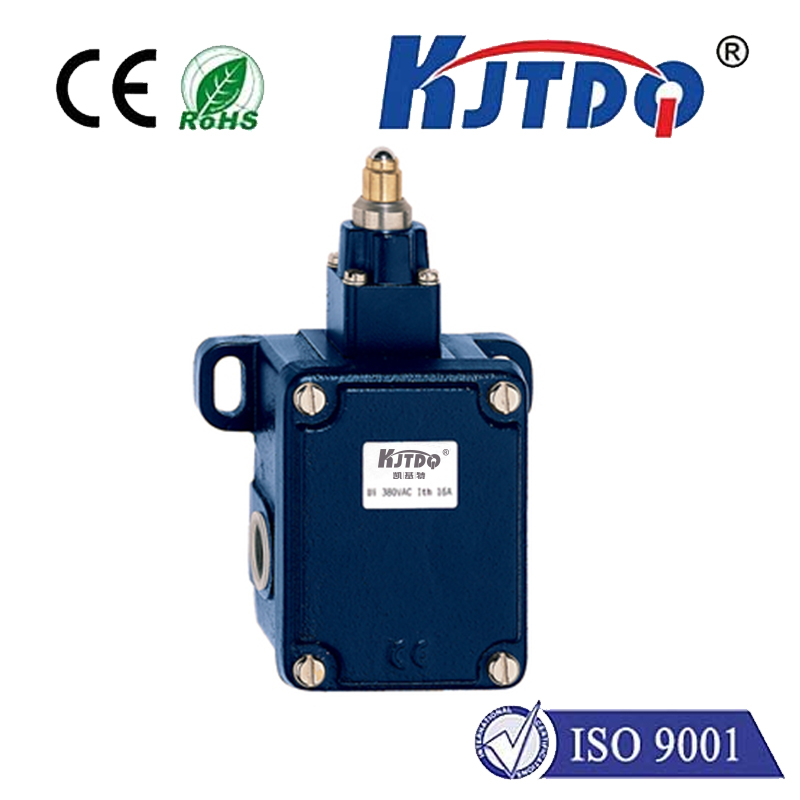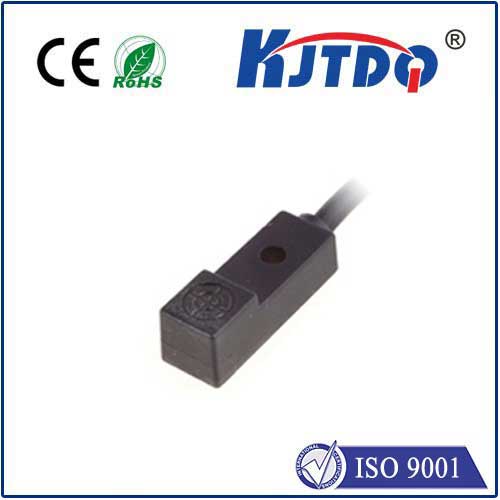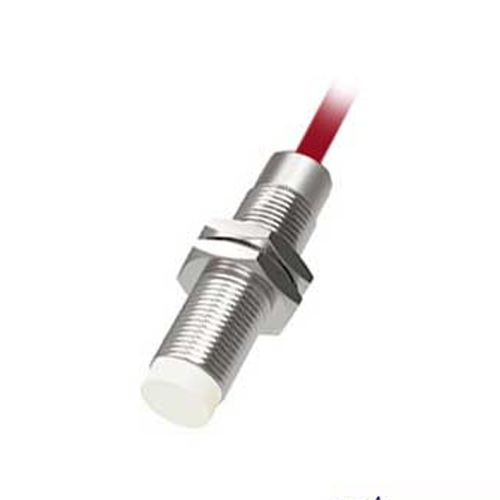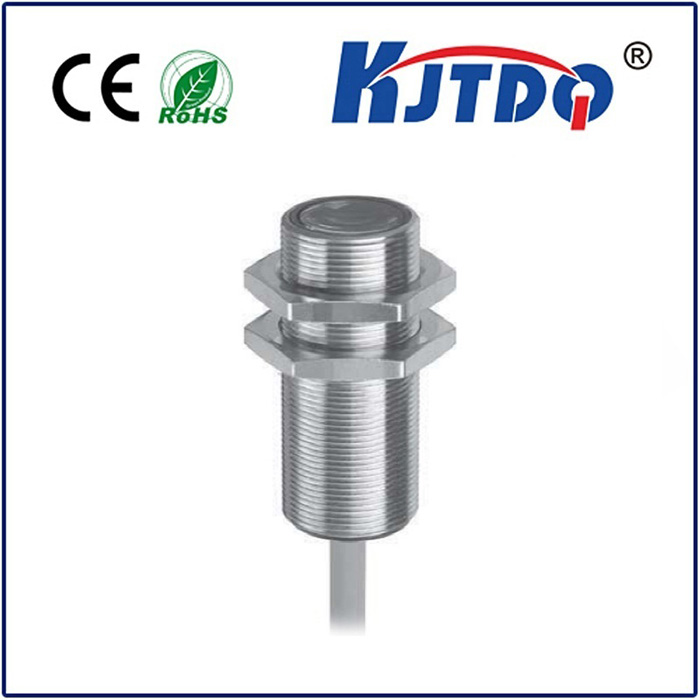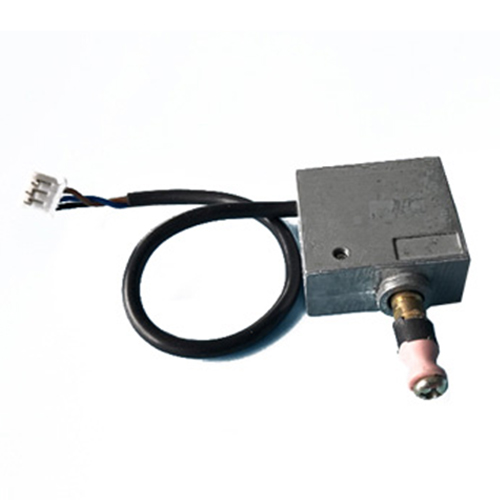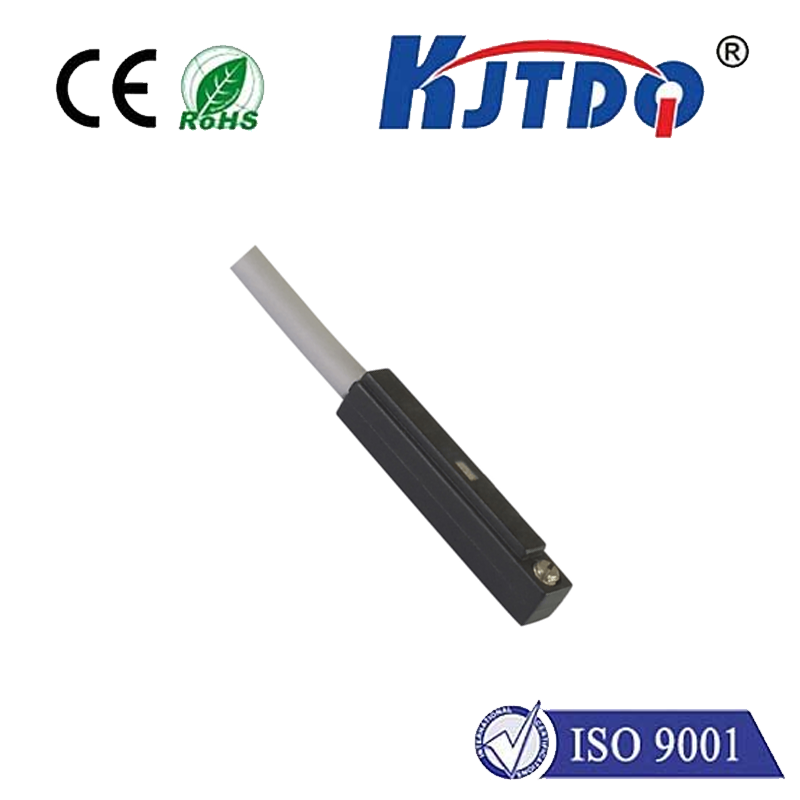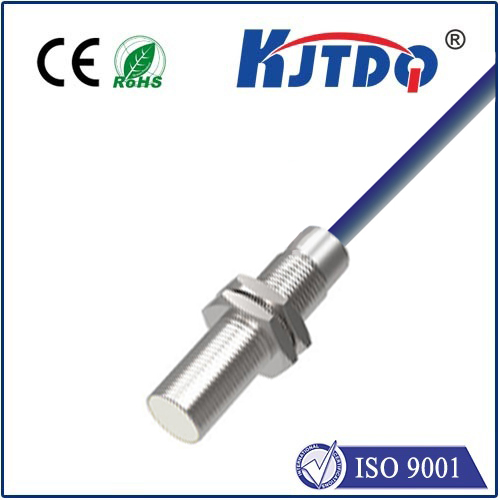magentic proximity sensor
- time:2025-09-05 11:48:46
- Нажмите:0
The Unseen Guardian: Demystifying Magnetic Proximity Sensors for Reliable Detection
Imagine your factory assembly line humming smoothly, when suddenly – a grinding halt. A critical component isn’t in position. Production delays mount, costs soar. Often, the unseen hero preventing such chaos is a Магнитный датчик приближения. These robust, non-contact workhorses silently monitor positions, detect movements, and safeguard operations in countless industrial and automotive applications, offering unparalleled reliability where others might fail. Understanding their unique strengths opens doors to smarter, more resilient automation.
Understanding the Core Principle: Magnetism in Action
At its heart, a Магнитный датчик приближения is elegantly simple. It detects the presence (or absence) of a permanent magnet or a ferromagnetic target (like iron or steel) without physical contact. Here’s the essence of its operation:
- The Magnet: A permanent magnet, either integrated into the target or mounted externally, generates a stable magnetic field.
- The Sensor Probe: Inside the sensor housing resides a critical component: typically a reed switch or a Hall-effect sensor.
- Reed Switch Sensors: These contain two thin, ferromagnetic reeds sealed within a glass tube filled with inert gas. When a magnetic field of sufficient strength enters their zone, the reeds magnetize, attract each other, and make contact, closing an electrical circuit. When the magnet moves away, the reeds spring apart, opening the circuit. Reed switches are known for their simplicity, low power consumption, and zero voltage drop when closed.
- Hall-effect Sensors: These solid-state devices utilize the Hall effect phenomenon. When a magnetic field passes perpendicularly through a semiconductor material (the Hall element), it generates a small voltage proportional to the field strength. This voltage is then amplified and processed by integrated circuitry within the sensor to provide a clean, switch-like output (e.g., PNP, NPN, or analog). Hall-effect sensors offer high switching frequencies, precise switching points, and immunity to contact wear.
Why Choose Magnetic? Key Advantages Driving Adoption

Magnetic proximity sensors shine in environments where other sensing technologies falter. Their unique characteristics make them indispensable:
- Flawless in Dirty & Contaminated Environments: Unlike optical sensors that require clean paths and can be blinded by dust, oil, grease, or mist, magnetic sensors operate unaffected. The magnetic field penetrates non-ferrous materials effortlessly. This makes them ideal for hydraulic systems, metalworking machinery, and outdoor equipment prone to grime and moisture.
- Superb Resistance to Harsh Conditions: Engineered with robust housings (often stainless steel), they boast high Ingress Protection (IP) ratings (like IP67, IP68, IP69K), enabling reliable operation amidst washdowns, high-pressure sprays, and even submersion. They also handle extreme temperature ranges effectively.
- Unparalleled Reliability & Long Lifespan: With no moving parts (in Hall-effect versions) or hermetically sealed contacts (in reed switches), they offer exceptional longevity. There’s no mechanical wear from physical contact, making them incredibly reliable for mission-critical applications. Minimal maintenance requirements translate to significant cost savings over time.
- Secure Operation Through Barriers: A standout feature is their ability to detect through non-magnetic materials like stainless steel, aluminum, plastic, or even thin walls. This allows for totally sealed sensor installations, protecting the electronic components from harsh external elements while the sensing face remains flush or embedded.
- Cost-Effectiveness: Offering high reliability in challenging conditions at a competitive price point, they deliver excellent return on investment, especially when factoring in reduced downtime and maintenance costs.
Where the Magnet Meets the Machine: Diverse Applications
The robustness and reliability of magnetic proximity sensors see them deployed across a vast spectrum of industries:
- Factory Automation: Monitoring cylinder positions (pneumatic/hydraulic), verifying part presence on conveyors, checking tool positions in CNC machines, confirming door/hatch closures on machinery, detecting end-of-travel positions.
- Automotive: Sensing gear position in transmissions (manual/automated), detecting pedal positions (clutch/brake), verifying hood/trunk/door latches, monitoring suspension height, controlling power windows.
- Перевозка материалов: Verifying container positioning, detecting pallet presence, monitoring crane hook height, ensuring gate closures on conveying systems.
- Mobile Machinery (Construction, Agriculture): Monitoring boom/arm/implement positions, detecting hydraulic cylinder extension/retraction, checking door/latch status on rugged vehicles operating in mud, dust, and vibration.
- HVAC & Building Automation: Verifying damper positions, detecting filter presence, monitoring valve positions in heating systems.
- Safety Systems: Serving as non-contact safety switches on guards, doors, and movable machinery parts – a critical role in personnel protection where reliability is paramount.
Selecting the Right Magnetic Proximity Sensor
Choosing the optimal sensor requires careful consideration:
- Sensing Technology: Decide between Reed Switch (low power, simple, cost-effective for slower applications) or Hall-effect (high switching speed, precise switching point, solid-state robustness for demanding cycles).
- Switching Distance: Ensure the sensor’s specified sensing range accommodates the required distance to the target magnet. Factors like magnet strength and size critically influence this.
- Output Type: Match to your control system (e.g., PNP/NPN transistor, analog voltage/current).
- Electrical Specifications: Voltage range, current consumption, output current capability.
- Environmental Ratings: Essential IP rating for dust/water resistance, operating temperature range.
- Housing Material & Size: Must withstand chemical exposure, physical impact, and fit the installation space (e.g., compact barrel sensors like M8/M12/M18, or rectangular housing types).
- Target Magnet: Specify the required strength (usually in Gauss or Tesla) and size/type of magnet compatible with the chosen sensor. Proper magnet selection is crucial for reliable operation.
The Unseen Workhorse Continues to Evolve
Magnetic proximity sensors remain a cornerstone technology in automation. Their unique ability to deliver contactless, reliable position detection in the most challenging environments is unmatched. While new sensing technologies emerge, the fundamental advantages of robustness, dirt immunity, and long service life ensure magnetic sensors will continue as the go-to solution for countless critical detection tasks. From ensuring your car shifts smoothly to guaranteeing a factory runs without interruption, these unseen guardians operate silently and efficiently, proving that sometimes, the simplest magnetic principles deliver the most profound reliability.

